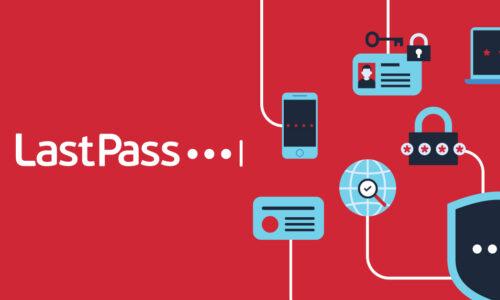On World Password Day, we here at LastPass reflect on our (obviously) favorite security subject. Passwords can be powerful protectors when in the right hands, but in the wrong ones can wreak havoc on your digital life – whether at work or at home.
The 2025 Global Threat Intelligence Report recorded 6,670 publicly reported data breaches in 2024 with 16.8 billion (yes, billion with a b) exposed records. That’s a lot of data.
So, what can we offer you, the reader, on this most important of days to keep your online presence secure? Follow these four easy steps to mark World Password Day the right way – by leveling up your password security.
1. Always create strong passwords
Your password is your first line of defense against hackers – so make it a strong one. If a password is easy for you to remember, it's also easy for bad actors to guess or crack. But what makes a “strong” password?
A strong password:
- Is at least 12 characters long
- Includes a mix of letters, numbers, and symbols.
- Doesn't use any personally identifiable information – like your date of birth or street address.
When you create a password on your own, use random characters, but don't follow easy-to-recognize patterns – i.e., “qwert” or “12345.”
They also shouldn't be a single word from the dictionary. Instead, a long passphrase that combines multiple words is better. Passphrases tend to be memorable while not being easily guessed.
Stumped trying to create a password that fits all those criteria? You’re not alone. That’s why we have our free password generator – give it a try here.
2. Never, ever reuse passwords
If it makes our lives easier, we’re more likely to do something over and over again.
That’s why so many people repeat passwords or have a cycle of several that they use in combination or variation across most sites, apps, and services. Cybercriminals know this, which means they know that they likely can access other accounts if they can access one.
Our advice?
- Use a unique password for each and every account. If there’s a breach affecting one of your accounts, your other accounts won’t be at risk.
- Avoid using similar passwords. It might be tempting to just change one word or character when updating a password.
When one website experiences a data breach, and cybercriminals post the leaked data on the dark web, hackers can now try your username and password combination to log in to your accounts on other websites.
Avoid sharing passwords with others, too, but if you have to, change the password when they no longer need access to the account.
- Access passwords anywhere, anytime
- Generate unique, strong passwords
- Autofill and share with one click
- Backed by expert threat intelligence
3. Get a best-in-class password manager
Sites and browsers are always “offering” to store or save your login information. It’s certainly more manageable, especially when using strong, unique passwords across multiple entities, but it increases your vulnerability.
Storing all your passwords through a browser puts them at risk because if your account gets hacked, hackers have access to all your passwords by accessing one. Browser features are convenience-based, not security-driven.
Password managers like LastPass – with a built-in customizable password generator and encrypted vault – solve all these problems for you.
- Automatically generate strong, unique passwords for all your accounts
- Save a password to your vault for instant access anywhere with auto-sync across all your devices
- Autofill your passwords and form fields so you can log in or check out with one click
4. Add multi-factor authentication (MFA) for extra protection
A layered approach to password security is a stronger approach to password security.
Turning on MFA for your accounts adds extra protection by requiring more information before granting access. In addition to a password, a user must provide a code, PIN, fingerprint, or other information to prove their identity.
Multi-factor authentication can slow down or eliminate account takeovers. Even if a cybercriminal were to steal the account password, they wouldn't be able to access the account without this additional information.
Many MFA options are easy to use, especially those that rely on your smartphone to approve a login through a push notification or fingerprint swipe.
If any of your online accounts offer additional authentication options like multi-factor authentication (MFA) or biometrics, take advantage of them. Begin with your most frequently used accounts and move on from there.
Made it to number four? Then you’re celebrating World Password Day the right way. And if you haven’t chosen a password manager yet, why not give LastPass a try for free?
Happy World Password Day!

